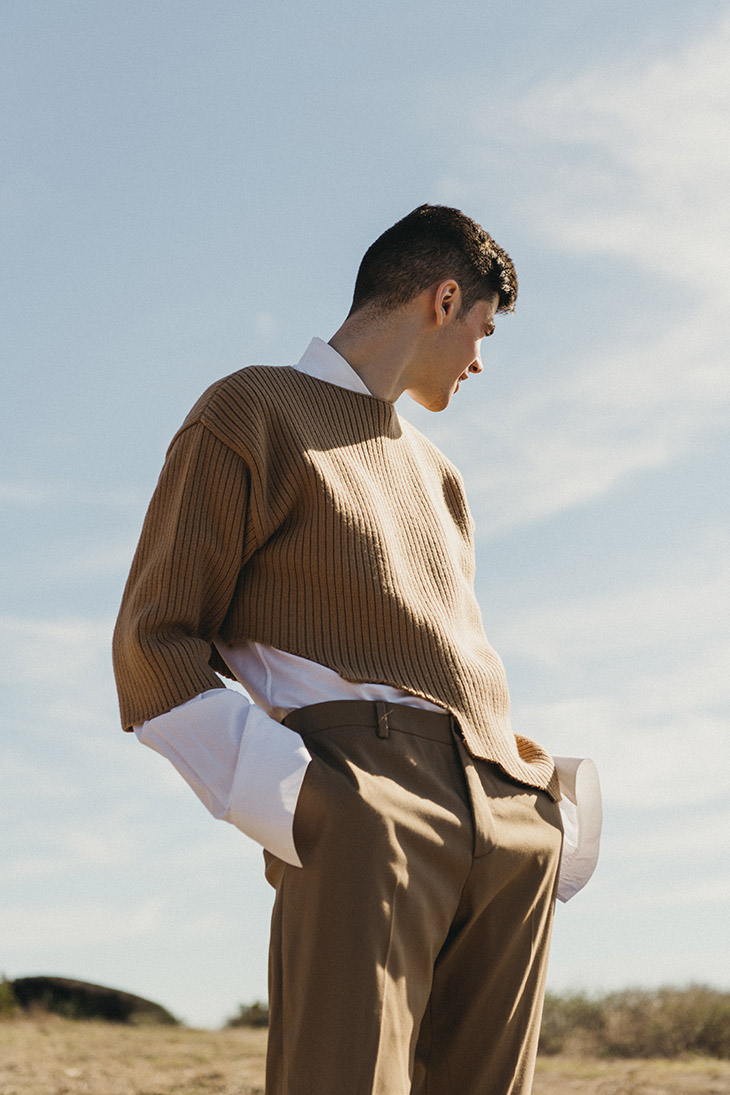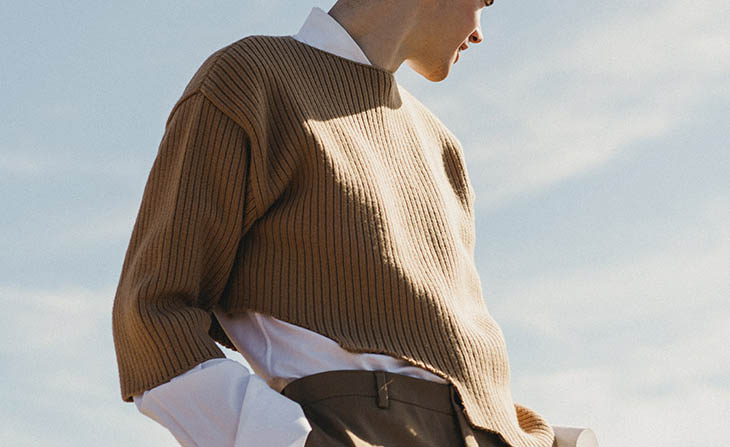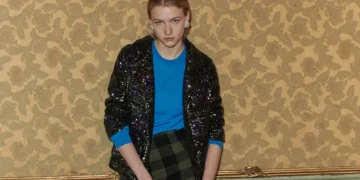
There are fewer materials more versatile than wool. Wool can be soft or scratchy, warm or breathable, chunky or feather-light, sophisticated or casual – it runs the entire gamut of aesthetics and functionality.
The obvious question, then, is “what is wool?” How can so much diversity fall under a single umbrella term?
Defining Wool
Wool refers to any textile fibre obtained from certain fleeced animals. Commonly, you find wool from sheep (but even in the category of sheep’s wool, you’ll find plenty of diversity). You can also find wool from alpacas, goats, rabbits and even camels.
Whatever the kind, wools share some properties that make it unique among textiles. Whereas cotton is mostly made of cellulose, woolsare made from a robust mixture of proteins and lipids, giving thems higher thermal resistance than other natural and synthetic materials, as well as a bevy of other special properties.
If the spectacular diversity of wool intimidates you, don’t worry. In this article, let’s zero in the four types of wool everyone should know. With winter nearly upon us, here are the best materials for a fall wardrobe.
Merino Wool
Merino wool is ultrafine and incredibly versatile. Because of its fine fibres, the material is incredibly soft and comfortable (the opposite of most people’s perception of wool). It’s also breathable and insulating, making it ideal for both hot and cold climates. It’s wrinkle-resistant, so you can stuff it in a drawer or the bottom of a suitcase without worrying how it will look on the other side. And finally, merino wool is antibacterial, meaning it stays fresh for an extended period (some people report wearing their merino clothes for weeks at a time without a noticeable odour).
For these reasons, merino wool is particularly popular with travellers and active people.
What Is It Good for?
Just about anything. You can wear stylish merino wool t-shirts for a night on the town or for a gruelling hike up a mountain trail. You can pack merino wool underwear for a trip across the world or stock it for your daily work wardrobe. The material has several applications, making it the top choice even among these four great examples. Plus, since it’s long-lasting and antibacterial, you only really need a few garments in your wardrobe, making it a great option for minimalists.

Shetland Wool
Shetland wool hails from the namesake Scottish Island, where temperatures are brisk, and rain is always expected. Its fibres are coarse, lending garments a heavy, thick quality.
What Is It Good for?
Especially if you are going for that rustic, cottage-core look, you will find a lot to like about Shetland wool. It is a stylish option for outer layers but shouldn’t be applied directly to the skin (it is quite itchy).
Cashmere
Cashmere is fine wool made from the Cashmere goats of South and East Asia. It is soft and silky and drapes very well.
What Is It Good for?
Cashmere is about as fine as ultrafine merino wool but considerably more expensive, so it is only good for the odd splashy accessory. A wardrobe flush with cashmere would be prohibitively expensive – not to mention same-y.
Camel Hair Wool
As the name suggests, Camel Hair wool comes from camels. In its raw form, camel hair is coarse, inflexible and very durable. Spun into haircloth, the material retains those characteristics but softens slightly.
What Is It Good for?
Coats, mostly. Long camel hair coats are durable, fashionable and insulating, making them a fantastic choice for formal clothing in cold climates. If you can, find camel hair suit coats in their natural colour – a rugged straw colour evocative of traditional British fashion.
Next time you shop for a fall wardrobe item, consider the wide world of wool. For an all-around pick, choose merino wool. And for rustic sweaters, accessories and formal coats, choose Shetland, Camel Hair and Cashmere, respectively.
Images from MMSCENE STYLE STORIES: Hunter Beireis by Kenneth Medilo – See the full story here



















